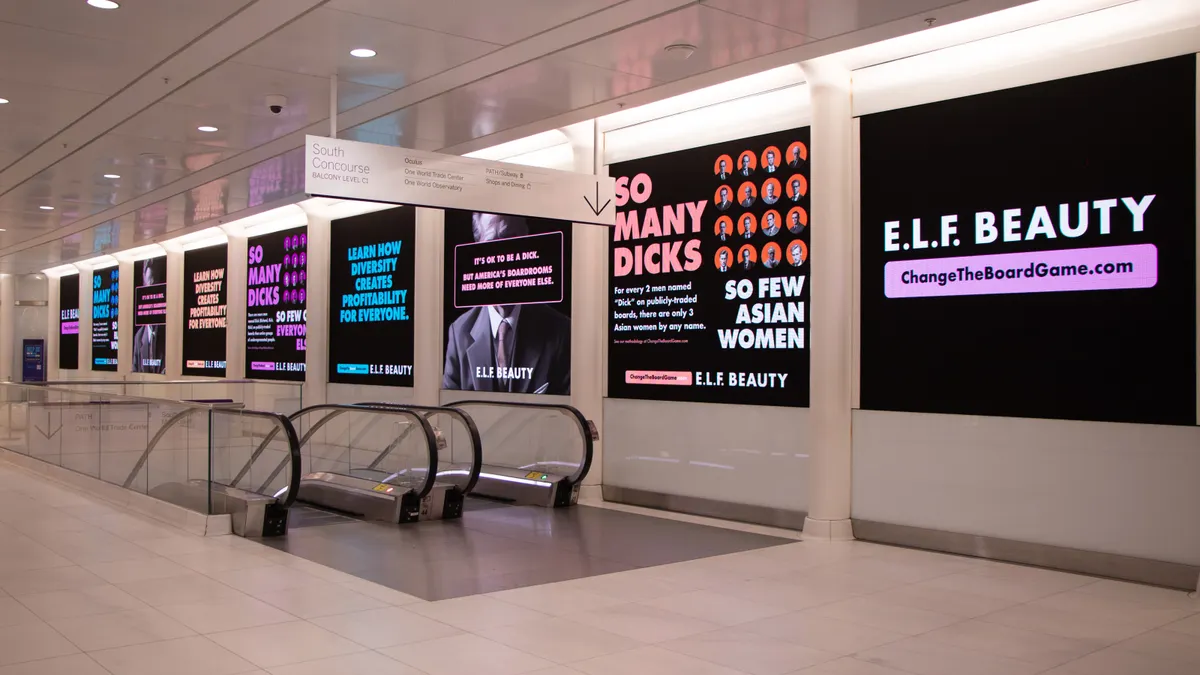The digital first world has its own unique set of challenges for marketers. There are platforms and situations to handle that didn’t even exist five years ago. With everything changing so fast— combined with the fact that marketers are only human—mistakes can be easy to make.
To help you avoid any snafus on the Internet, we have pulled together a list of modern day marketing day “no-nos." Read on to make sure you aren’t committing any of these avoidable mistakes.
1. Paying for Yelp reviews
When everyone has a computer in their pocket, consumer reviews have become critical for a business’s success—especially on Yelp. That necessity to be well-liked online has driven some brands to try and beat the system by paying for positive reviews.
Many businesses got away with the false reviews, but Yelp eventually started a crack down. Yelp ran a sting operation that caught multiple businesses in the act of paying for reviews. To punish those businesses, Yelp put up a consumer alert to tell browsers about the misbehaving businesses. That embarrassment alone should persuade marketers to avoid this big no-no.
2. Loose social media passwords
Social media hacks— particularly on Twitter—have become so common place that it’s unsurprising anymore. In fact, many brands have even faked a Twitter hack to get attention. While a controlled Twitter hack may be a tactic used by some brands, it can be an image damaging event for those that aren’t in control.
It seems no brand is immune from hackers: Burger King, Jeep, the Associated Press, and even social media manager Buffer have all suffered hacks. The login process for brands, even paying advertisers, is the same for all accounts— just a single password. To protect privacy, brands may need to do more by managing accounts through a third party application with stricter security. To help, Twitter third party platform Hootsuite published some security tips after several major brands had been hacked. Moral of the story: Don't make your company's Twitter login password123.
3. Using the wrong #hashtag
It can be hard to believe that the little symbol that has become a common part of the vernacular as a “hashtag” was only just a pound sign on the phone a few years ago. Not only do marketers need to know what a hashtag is to keep current in the conversation, they have to navigate their social campaigns carefully with hashtags in mind.
Because the conversation on social media is made for casual conversation, some marketers haven't always done their due diligence before blasting out a post with hashtag. Pizza maker DiGiorno, for example, received some backlash after using the hashtag #WhyIStayed as a joke. The hashtag was trending in the first place as a way to bring light to those stuck in domestic violence situations when DiGiorno made a pizza joke. The snafu is a big reminder for all marketers to research a hashtag before using it.
Example of a brand using a trending topic without understanding the context #Advertising #SocialMedia #WhyIStayed pic.twitter.com/iTSmfaT6Xv
— Scott Paul (@scottatslee) September 9, 2014
4. Trying too hard to jump on the bandwagon
Social media has lent itself to the invention of real time marketing. It can be a great way for marketers to flex quick thinking creativity in a way that wasn’t possible before. It can also lend itself to marketers jumping in on crazes that just don’t make sense for their company.
A perfect and recent example can be seen in brands trying to jump on the “50 Shades of Grey” movie bandwagon. Family-friendly brands like Walmart, Target, and baby clothes maker Squiggly Boo all had campaigns related to the sexually-themed movie. Even the New York GOP tried to get in on the frenzy with an offensive-to-many tweet related to the film. While trying to be included in the conversation about the movie did garner attention, it may not have been the kind the brands were looking for.
You've heard of #50ShadesOfGrey? Well here's 50 Shades of Bill: http://t.co/mzUWArCr1w pic.twitter.com/Jfi3yBlQZ2
— New York GOP (@NewYorkGOP) February 17, 2015











